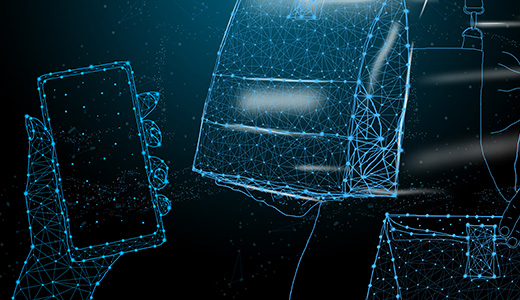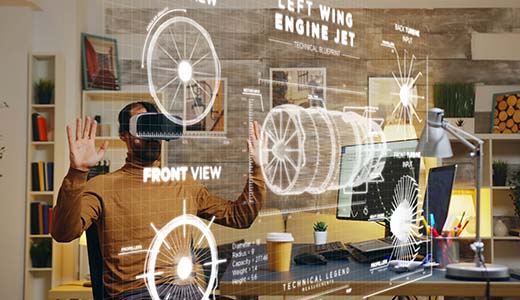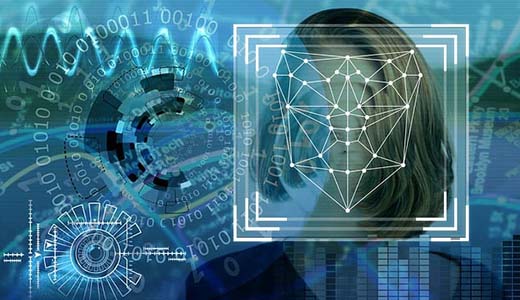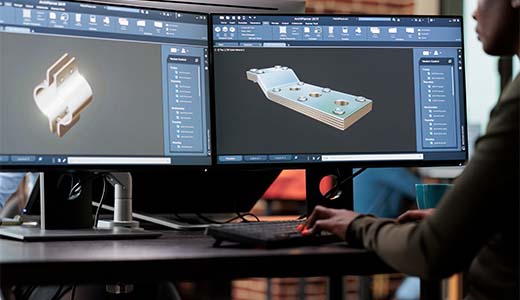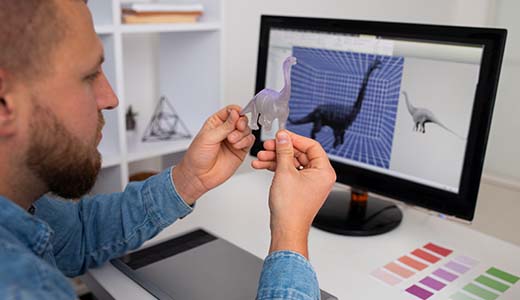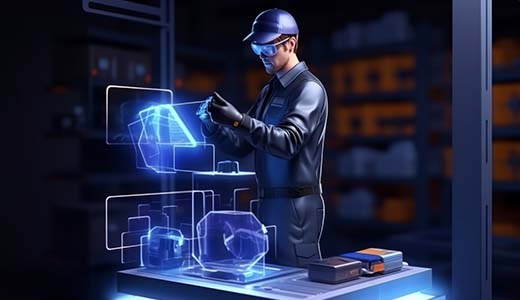What is 3d scanning survey?
A 3D scanning survey is a technique used to capture the physical dimensions and characteristics of an object or environment through digital scanning technology. This process involves the use of laser scanners or other 3D scanning devices to create detailed, accurate three-dimensional models. These models can be utilized in various fields such as construction, archaeology, engineering, and virtual reality, aiding in design, documentation, and analysis. The resulting data is often used for visualization, measurement, and monitoring purposes, providing a precise digital representation of the scanned subject.
Applications of 3d scanning survey?
3D scanning surveys are widely used in various fields, including architecture, construction, heritage preservation, and manufacturing. They enable detailed documentation of existing structures, facilitate accurate measurements for renovations, assist in quality control during construction, and enhance virtual reality experiences. In archaeology, they help in preserving historical sites digitally. Additionally, 3D scans are used in forensic investigations to capture crime scenes and in medical imaging for custom prosthetics. These applications improve efficiency, accuracy, and provide a tangible digital record for future reference.
Different types of 3d scanning survey?
There are several types of 3D scanning surveys, including:
- Laser Scanning: Uses laser beams to capture high-resolution point clouds of objects or environments.
- Photogrammetry: Utilizes photographs to create 3D models through processing algorithms.
- Structured Light Scanning: Projects patterns of light onto objects to capture their shape and dimensions.
- Contact Scanning: Involves physical contact with the object using probes to gather dimensional data.
- Mobile Scanning: Employs mobile scanners for capturing large areas quickly, often used in outdoor environments.
Each method suits different project requirements and scales.
Technology used for 3d scanning survey?
3D scanning surveys typically utilize technologies such as Laser Scanning, Photogrammetry, and Structured Light Scanning. Laser scanners capture precise 3D points of objects using laser beams. Photogrammetry uses overlapping photographs to create 3D models through computer algorithms. Structured Light Scanning employs projected light patterns to capture detailed surface shapes. Additional tools may include UAVs (drones) for aerial surveys and terrestrial scanners for ground-level data collection. These technologies help in creating accurate digital representations of physical environments for various applications, including construction, heritage preservation, and topographic mapping.
Advantages and disadvantages of 3d scanning survey?
Advantages of 3D Scanning Survey:
- High accuracy and detail capture
- Fast data collection over large areas
- Enhanced visualization and analysis
- Creates comprehensive documentation
- Facilitates collaboration with 3D models
Disadvantages of 3D Scanning Survey:
- High initial cost of equipment
- Technical expertise required for operation and data processing
- Potential for data overload and complexity
- Limited effectiveness in certain environmental conditions
- Possible regulatory and privacy concerns with sensitive sites
